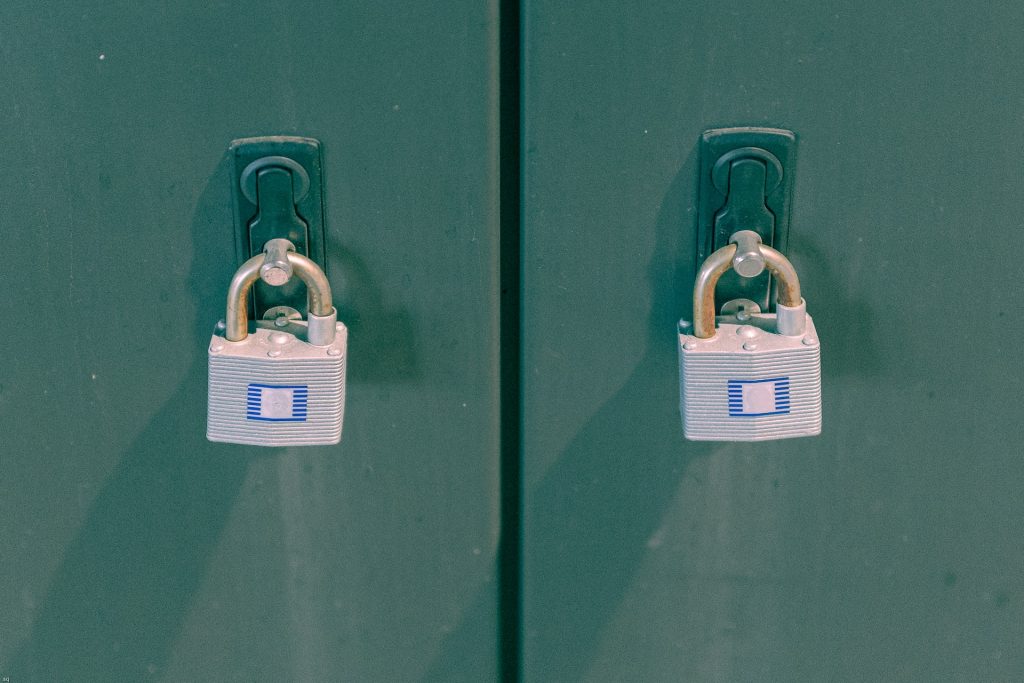
Battling spam messages: How to protect your LinkedIn inbox and comments section
ReadyForSocial™ is the only all-in-one program that can power your entire sales team on social media. Contact us to get started!
LinkedIn, the world’s largest professional networking platform, has transformed how professionals connect and engage. However, as the platform continues to gain popularity, it has also become a target for spammers seeking to exploit its user base.
Unfortunately, spam messages have become an increasingly common nuisance on LinkedIn, infiltrating both the inbox and comments section. Have you already noticed the uptick in annoying spam as well? While this development is undoubtedly irritating, it’s no reason to get frustrated.
Just keep reading to learn more about the issue. We will explore the rising problem of spam messages on LinkedIn and discuss strategies to protect yourself from unwanted solicitations and maintain a professional online presence.
The growing problem of spam messages on LinkedIn
LinkedIn has witnessed a surge in spam messages in recent years, making it imperative for users to remain vigilant and take preventive measures. These messages can appear in various forms, including unsolicited sales pitches, irrelevant job offers, and inappropriate promotional content. The impact of such spam extends beyond mere annoyance, as it can damage your professional reputation and waste valuable time.
Spam in your LinkedIn inbox can be frustrating, overwhelming, and time-consuming. It diverts your attention from valuable conversations, clogs your digital workspace, and hinders your ability to focus on what truly matters—building meaningful connections and engaging in professional discourse.
Furthermore, the comments section, which should serve as a platform for insightful discussions and collaborative engagement, is now inundated with irrelevant and promotional content that detracts from the original intent of the conversation. By understanding the methods spammers employ and implementing effective countermeasures, users can safeguard their LinkedIn experience.

Combatting spam in your inbox:
Let’s first focus on the LinkedIn inbox. This messaging feature within the LinkedIn platform allows users to communicate with other LinkedIn members. It is a centralized hub for exchanging messages, connections, and professional interactions on the platform.
Users can send direct messages to individuals or engage in group conversations with multiple participants. The LinkedIn inbox provides a convenient and efficient way to network, collaborate, and establish professional relationships with other professionals, colleagues, clients, and potential business partners within the LinkedIn community.
Follow the tips below to keep your inbox free of spam.
1. Strengthen your privacy settings:
Take advantage of LinkedIn’s privacy settings to control who can send you messages. Adjusting your messaging preferences to receive messages only from connections or trusted sources significantly reduces the likelihood of receiving spam messages. Restricting messages to known contacts minimizes the chances of unsolicited sales pitches, irrelevant job offers, and promotional content reaching your inbox.
Regularly reviewing and updating your privacy settings protects you against evolving spamming techniques. By controlling who can send you messages, you establish a more substantial barrier against spammers, creating a safer and more professional environment within your LinkedIn inbox.
2. Be cautious of connection requests:
Be selective when accepting connection requests. When you receive a connection request, exercising diligence and thoroughly evaluating the sender’s profile before accepting is essential. By carefully examining their profile, you can assess the person’s legitimacy and intentions. Look for red flags such as incomplete or suspicious profiles, limited connections, or generic job titles. Spammers often create fake profiles with the intent of sending spam messages to unsuspecting users. By scrutinizing connection requests, you can avoid adding potential spammers to your network.
Another aspect to consider is the person’s existing connections. Many connections with dubious profiles or associations could indicate a potential spammer. Genuine LinkedIn users typically have connections from various reputable sources, demonstrating a diverse professional network. If a connection request appears questionable, take the time to investigate their connections and ensure they align with your professional expectations.

3. Report and block spammers:
LinkedIn provides options to report and block spam messages. When you report a spam message, you provide valuable feedback to LinkedIn’s system, enabling it to identify and take action against suspicious accounts. By reporting spam, you contribute to continuously improving LinkedIn’s algorithms, helping to prevent similar messages from reaching other users’ inboxes.
Additionally, blocking spammers prevents further contact with them, ensuring you no longer receive unwanted solicitations. This proactive approach not only protects your inbox from spam but also contributes to creating a safer and more professional networking environment for all LinkedIn users.
Defending against spam in the comments section:
Now let’s focus on the comments section. The LinkedIn commenting section refers to the area below posts and articles on the LinkedIn platform where users can leave comments and engage in discussions. It allows users to share their thoughts, opinions, and insights related to the content posted by others.
The commenting section encourages interaction and fosters conversations among LinkedIn users, facilitating networking, knowledge sharing, and community engagement. It provides an opportunity to provide feedback, ask questions, offer expertise, and build connections with other professionals within a specific industry or field. As you can see, this area is vital in promoting engagement, collaboration, and professional discourse within the LinkedIn community and should remain spam free.
Below are our tricks to make this happen.
1. Moderate your posts:
Keep an eye on the comments section of your posts and actively moderate any potential spam. By actively monitoring and moderating the comments on your posts, you can swiftly identify and remove any spam content that may have infiltrated the discussion. This habit helps maintain a high-quality and relevant conversation, fostering a professional environment for genuine engagement.
Deleting or reporting spam comments removes unwanted content and sends a message to potential spammers that their efforts will not be tolerated. But that’s not all! Promptly addressing and removing spam creates a safer space for your connections to interact, reducing the likelihood of others falling victim to spam messages.
Overall, moderating your posts is a proactive measure in safeguarding your LinkedIn comments section and promoting a productive networking experience.

2. Set comment approval:
LinkedIn allows users to set comment approval for their posts. Activating this feature enables you to review and manually approve each comment before it appears publicly. This simple step acts as a strong deterrent for spammers who rely on the quick and widespread dissemination of their promotional or irrelevant content. By taking control of the comment approval process, you can carefully assess each comment’s relevance, professionalism, and adherence to your post’s topic.
This trick allows you to filter out suspicious or spammy comments, ensuring that only genuine and meaningful contributions make it to the public view. The added layer of scrutiny significantly reduces the risk of your posts becoming a breeding ground for spam messages. Moreover, knowing that every comment requires your approval encourages spammers to target more vulnerable posts without comment approval enabled, where their efforts are more likely to go unnoticed.
By actively monitoring and moderating the comments section through the comment approval feature, you can create a healthier and more engaging environment for professional discussions, discouraging spammers from targeting your posts while fostering authentic interactions among your connections.
3. Engage with trusted connections:
Encourage meaningful interactions with your trusted contacts by responding to their comments promptly. When you actively engage with professionals you know and trust, you create a supportive environment that deters spammers from targeting your content. By responding promptly to comments from your trusted connections, you establish a genuine conversation and encourage meaningful interactions.
This engagement signals to spammers that your posts and comments are monitored and that their promotional or irrelevant content will not gain traction. Spammers often thrive in an environment with little interaction or engagement from the original poster or their trusted connections. By actively participating in discussions and fostering a community of genuine professionals, you establish a strong network of individuals more likely to report and flag spammy comments.
Furthermore, cultivating an engaged community makes your trusted connections more likely to be vigilant and report suspicious activity, which can help LinkedIn’s algorithms identify and take action against spammers.

Let’s get your LinkedIn account spam-free!
As LinkedIn continues to flourish as the go-to platform for professional networking, the issue of spam messages in both the inbox and comments section persists. However, implementing the abovementioned strategies can fortify your defenses against spammers and reclaim your LinkedIn experience.
Regularly updating your privacy settings, exercising caution when accepting connection requests, and actively moderating your posts will help you combat spam effectively. Together, we can create a stronger LinkedIn community where genuine professional connections thrive and spam messages are relegated to the margins.
Photos by Markus Winkler, Masaaki Komori, sq lim, Will Myers, and Hendrik Morkel on Unsplash

